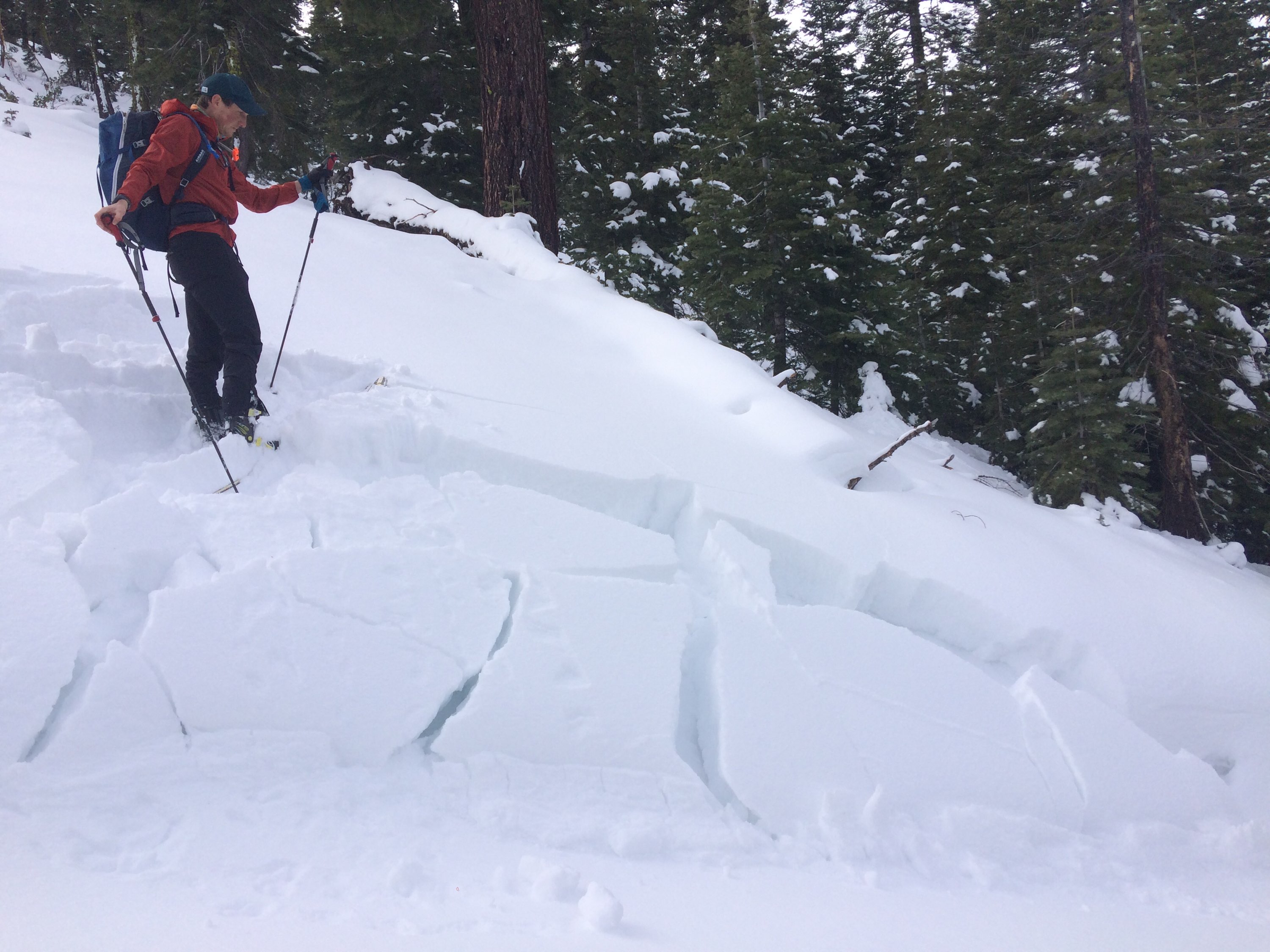| Sunday | Sunday Night | Monday | |
|---|---|---|---|
| Weather: | Mostly cloudy. Snow levels below 7000 feet increasing to 7000 feet in the afternoon. Chance of precipitation is 10%. | Mostly cloudy. Slight chance of snow showers after midnight. Snow levels below 7000 feet. Chance of precipitation is 10%. | Cloudy. Snow likely in the morning, then snow in the afternoon. Snow levels 7000 feet. Chance of precipitation is 95%. |
| Temperatures: | 35 to 40. deg. F. | 26 to 31. deg. F. | 33 to 38. deg. F. |
| Mid Slope Winds: | Southwest around 15 mph with gusts to 35 mph in the morning becoming light. | Light winds becoming southwest around 15 mph with gusts to 25 mph after midnight. | Southwest 15 to 20 mph with gusts to 45 mph increasing to 20 to 30 mph with gusts to 60 mph in the afternoon. |
| Expected snowfall: | No accumulation. | SWE = none. | Up to 1 inch. | SWE = less than 0.10 inch. | 70% probability of 2 to 6 inches. 30% probability of 6 to 10 inches. | SWE = 0.50-0.75 inch. |
| Sunday | Sunday Night | Monday | |
|---|---|---|---|
| Weather: | Mostly cloudy. Snow levels below 7000 feet increasing to 7000 feet in the afternoon. Chance of precipitation is 10%. | Mostly cloudy. Slight chance of snow showers after midnight. Snow levels below 7000 feet. Chance of precipitation is 15%. | Cloudy. Snow likely in the morning, then snow in the afternoon. Snow levels 7000 feet. Chance of precipitation is 95%. |
| Temperatures: | 32 to 38. deg. F. | 24 to 29. deg. F. | 29 to 34. deg. F. |
| Ridge Top Winds: | West 15 to 30 mph. Gusts up to 60 mph decreasing to 40 mph in the afternoon. | Southwest 15 to 25 mph. Gusts up to 40 mph increasing to 50 mph after midnight. | Southwest 25 to 35 mph with gusts to 75 mph increasing to 40 to 65 mph with gusts to 115 mph in the afternoon. |
| Expected snowfall: | No accumulation. | SWE = none. | Up to 1 inch. | SWE = less than 0.10 inch. | 70% probability of 3 to 9 inches. 30% probability of 9 to 14 inches. | SWE = 0.60-0.85 inch. |
























